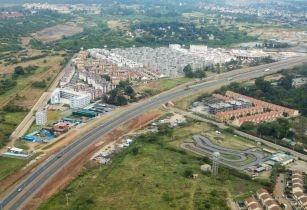Buoyed by significant government investment in the 2021-22 national budget, combined with attractive incentives for private developers, the affordable housing sector in Kenya is well set to provide attractive opportunities to investors, according to Vivian Ombwayo, director of research and valuation at Broll Kenya
“The affordable housing sector in Kenya offers developers an opportunity to diversify their portfolios, especially those concentrating mainly on the commercial-user space. It means they are able to diversify into the residential sector, thanks to attractive government incentives,” commented Jess Cleland, COO outside of SA, valuations and Intel at Broll.
Ombwayo highlights that the abundant housing opportunities in Kenya allow complementary users to be included in affordable housing projects, such as retail, office, institutional and also medical. This means that, at the end of the day, despite having to manage their revenue and cost carefully, private developers are able to achieve a healthy return from comprehensive affordable housing projects.
She further explained, “It starts off by elevating the living standards of end users, especially with the Covid-19 pandemic given that health is associated with housing. It also increases the country’s employment rate, reduces the crime rate from the community receiving social revenue from such projects and facilitates overall community integration. The associated training and development programmes are also highly beneficial to local communities.”
While there is no formal definition of what constitutes affordable housing in the Kenyan property market, according to the Kenya Mortgage Refinance Company Plc (KMRC), the ceiling for a typical three-bedroom unit is four million Kenyan shillings (KES). “However, it is very much dependent on the developers themselves, who often base the definition of affordable housing on not cost alone, but also on the proximity to socioeconomic amenities,” noted Ombwayo.




